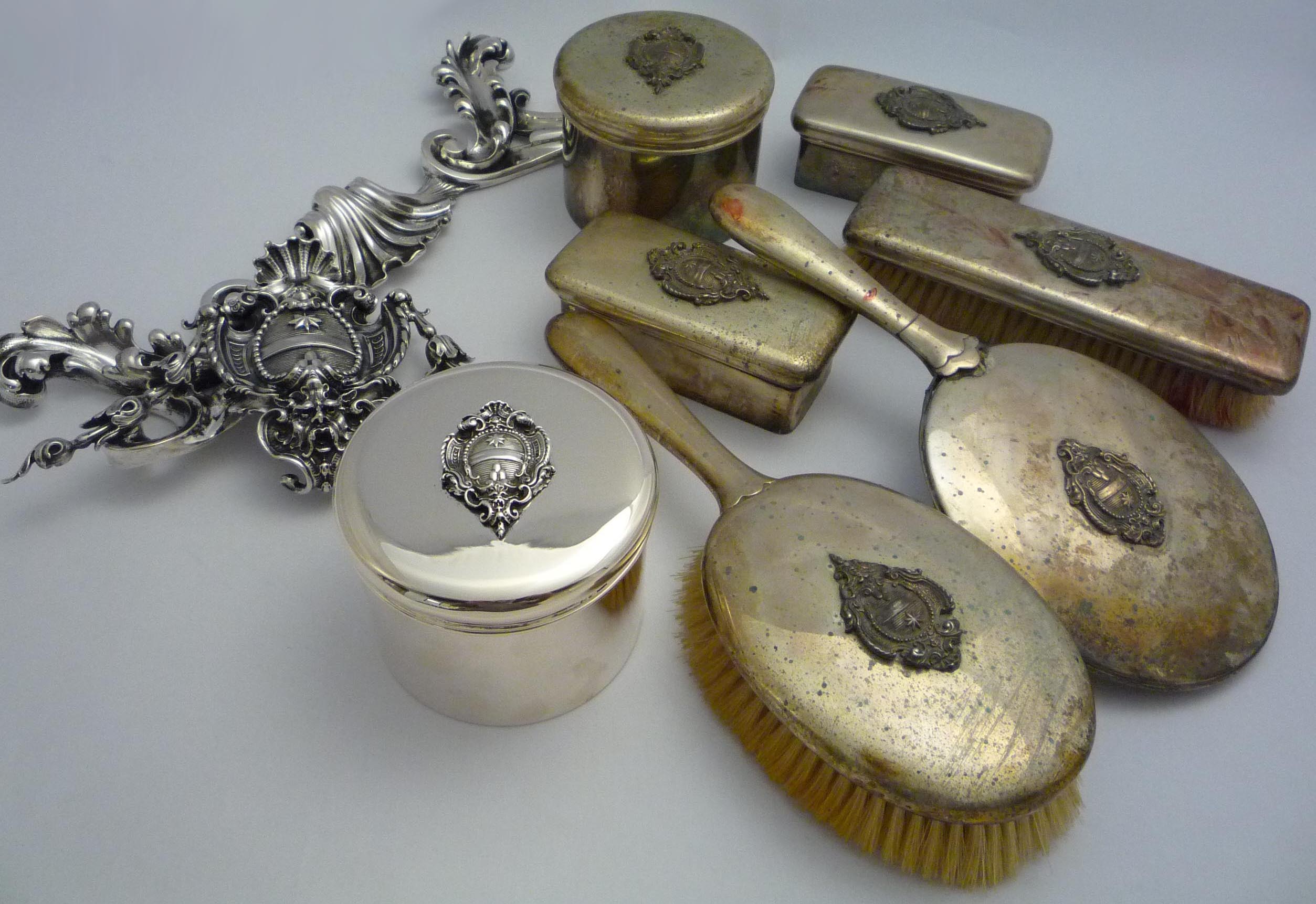EVERYDAY BRILLIANCE
TIPS FOR SAFE CLEANING
Silver is a noble metal, meaning it tends not to bind with almost any of the other elements. It is bright white, soft and malleable with excellent thermal conductivity.
Silver does, however, have a weakness in the presence of a very different element that is easily found in the air: sulphur, together with which it makes silver sulphide, which becomes evident in a thin black patina and dark marks of oxide making the metal lose its natural brightness.
Pliny in his ‘Natural History’ wrote that ‘silver also darkens with egg yolks’. The reason, which Pliny did not know, is because egg yolks contain substances in which sulphur is present.
If it is exposed to particularly damp conditions, or comes into contact with acid and/or alcoholic substances, an object in silver can oxidize, a natural and inevitable process even if it is Sterling (925) or Old Sheffield Plate and in silver-coated metal.
Regular cleaning and polishing return silver to its natural brightness and help to prevent oxidization and corrosion.
With the right precautions and the right products, the care of objects in silver or silver-plate is easy.
For silver and silver-plated cutlery in daily use, regular washing will maintain the brightness.
To wash by hand use a soft, non-abrasive sponge with a mild detergent, carefully rinse and ensure the cutlery is completely dried.
If it is not possible to wash the cutlery immediately after use, we advise covering it in warm water with a little detergent.
Cutlery can also go in the dishwasher with exception of salad cutlery with handles in bone or plexiglass. Just a few simple precautions are necessary: use a non-aggressive programme with water temperature at a maximum of 40/45 degrees C; at the end of the cycle we advise leaving the cutlery to cool gradually at room temperature; before putting away, wipe down with a soft cloth to ensure all pieces are completely dry.
As a general rule, other table or household objects in silver or silver-plate should be cleaned after contact with food or liquids to avoid oxidization. The same suggestion stands true for the hand washing of cutlery, if a full wash is delayed.
When a special cleaning becomes necessary to remove natural oxidization from your objects after years of use, we can recommend excellent non-aggressive cleaning products in cream or glove form that are practical to use.




